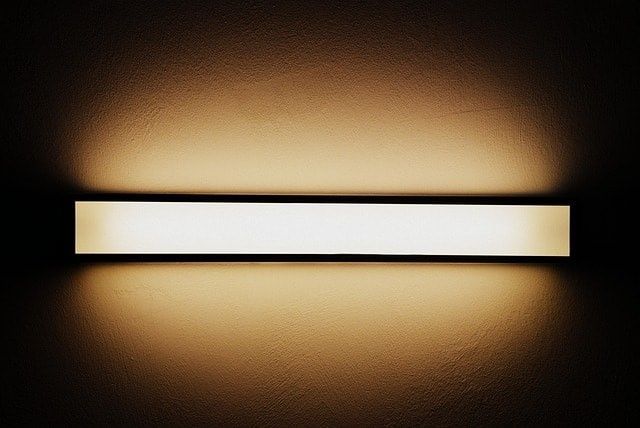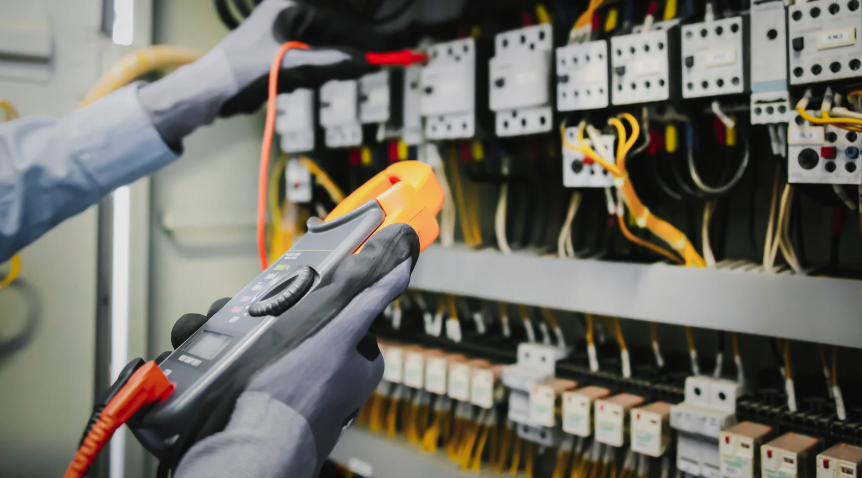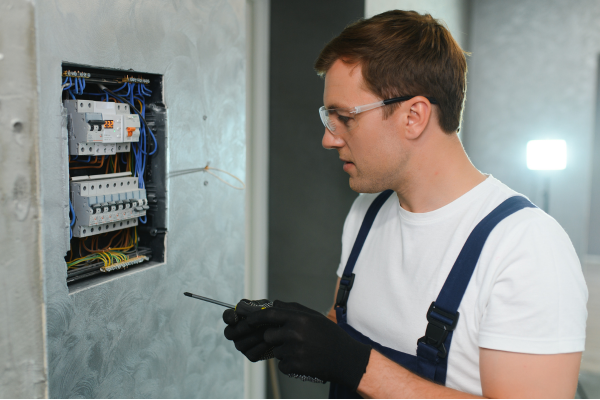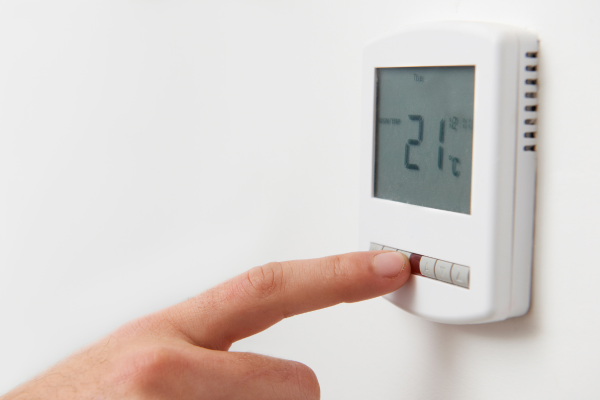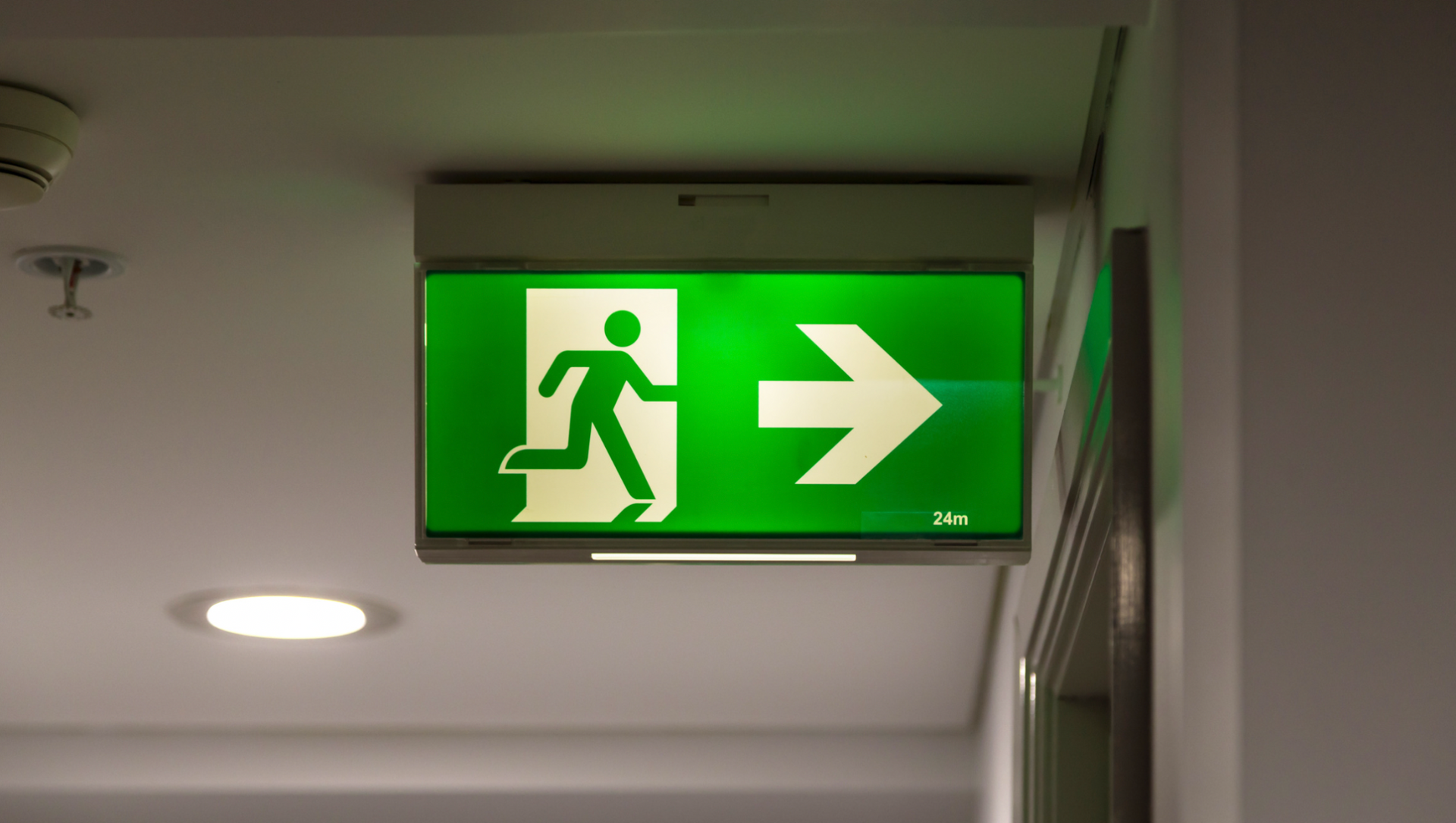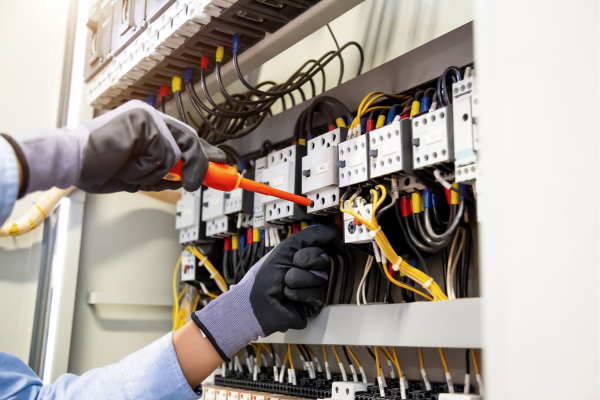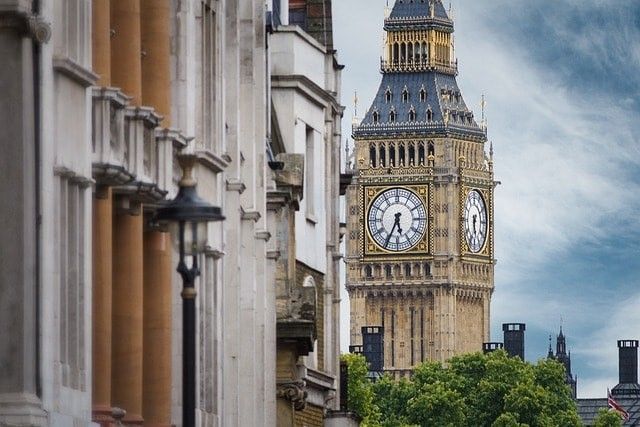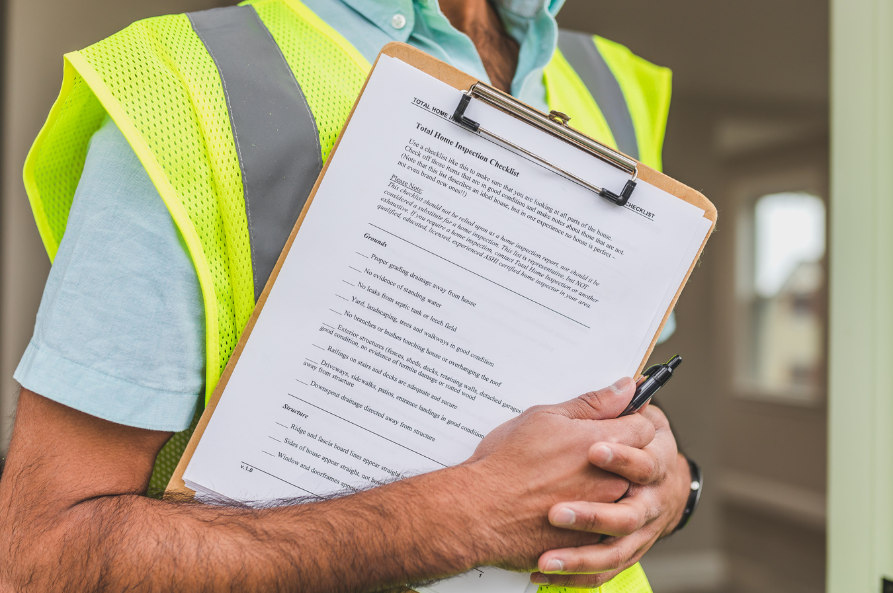
Non-Maintained Emergency Lights: Essential Safety for Power Outages
Emergency lighting plays a crucial role in ensuring the safety of building occupants during a power failure. Among the various types of emergency lighting systems, non-maintained emergency lights are specifically designed to activate only when the mains power supply fails. These lights provide reliable illumination for safe evacuation routes, making them essential in commercial, industrial, and public buildings.
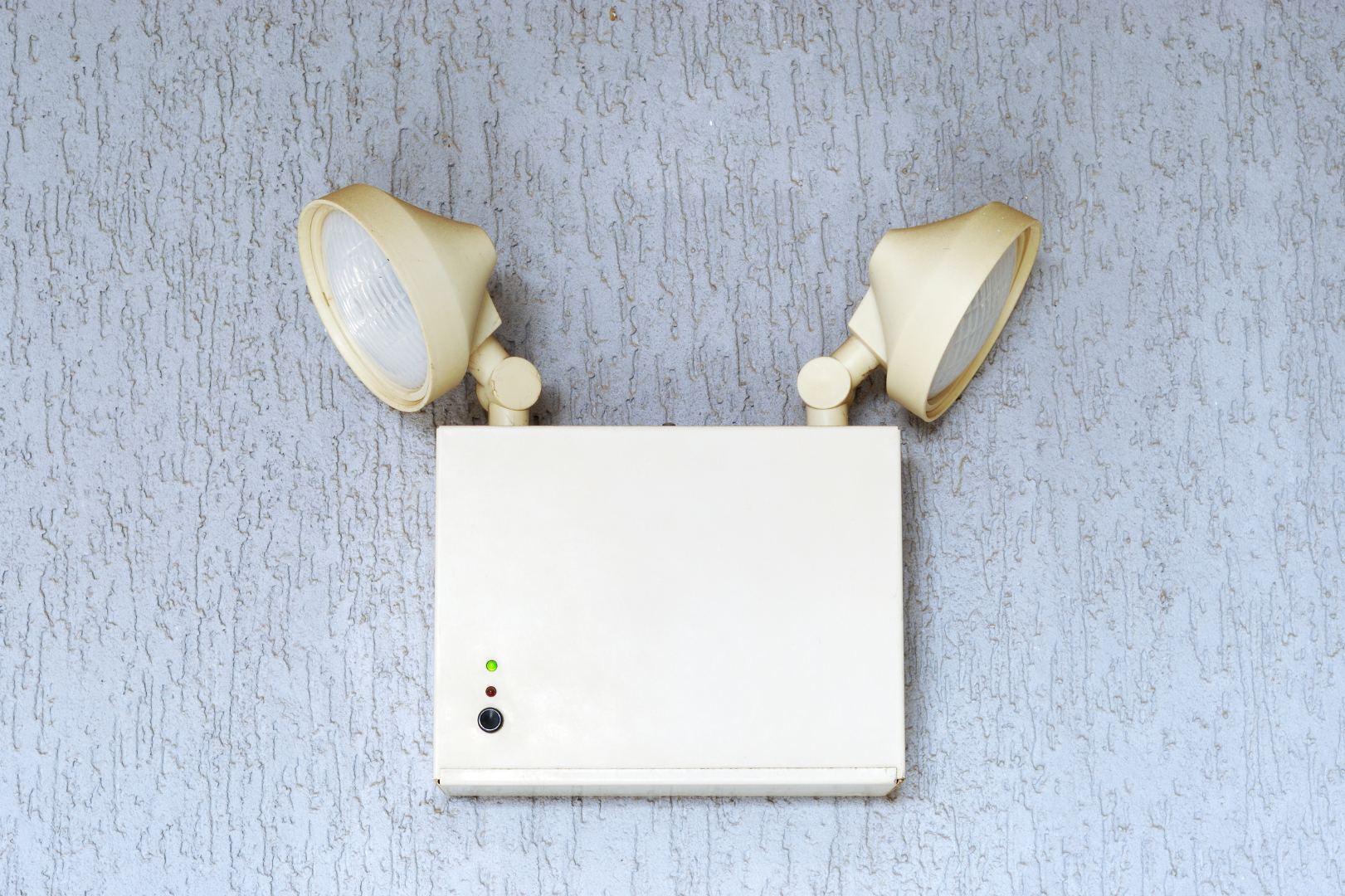
What Are Non-Maintained Emergency Lights?
Non-maintained emergency lighting operates independently from the typical lighting system and only turns on when the primary power source fails. Unlike maintained emergency lighting, which remains continuously or can be switched off like standard lighting, non-maintained lights stay off under normal conditions and only activate during a power outage.
These lighting systems have a backup battery that provides sufficient illumination to help people evacuate safely in emergencies. They are commonly installed in escape routes, stairwells, and areas requiring emergency lighting solutions in the event of a mains power failure.
How Non-Maintained Emergency Lights Work
When the main power supply functions normally, non-maintained lights remain off, using minimal energy consumption to keep the battery charged. When a power failure occurs, the system detects the loss of the primary power source and activates automatically, providing adequate illumination for occupants to exit the building safely.
The duration these lights remain functional depends on the battery capacity and safety regulations. In most cases, non-maintained emergency lighting must provide at least one hour of reliable illumination, with some systems designed to last up to three hours.
Where Are Non-Maintained Emergency Lights Required?
Non-maintained emergency lights are widely used in commercial and residential buildings, offices, hospitals, schools, and public buildings where continuous lighting is not required under normal conditions. These lights are particularly beneficial in areas where emergency lighting is needed to ensure a safe evacuation in case of a power outage.
Key locations for installation include:
- Escape routes and fire exits
- Stairwells and corridors
- Warehouses and storage facilities
- Large office spaces
- Underground car parks
- Areas with no natural light
Installing non-maintained lights ensures that people inside a building can see clearly and follow escape routes without confusion, reducing panic during an emergency.
Advantages of Non-Maintained Emergency Lights
One of the most significant advantages of non-maintained emergency lighting is its energy efficiency. Since these lights do not stay on continuously, they consume less energy than maintained emergency lighting. This leads to lower energy consumption and reduced energy costs, making them an environmentally friendly and cost-effective solution.
Another key benefit is their reliable performance in emergencies. With proper maintenance and regular testing, non-maintained emergency lights provide continued safety by ensuring adequate illumination during a power failure.
Compared to maintained lights, non-maintained emergency lights also require less ongoing maintenance, as they are not in constant use. However, they must undergo an annual full-duration test and routine maintenance procedures to ensure they function correctly when needed.
Testing and Maintenance of Non-Maintained Emergency Lights
To ensure a building's safety standards, non-maintained emergency lighting systems must undergo regular testing and proper maintenance. Building managers and facility owners should follow safety regulations to confirm that emergency lighting systems operate as required during mains' power failures.
Monthly function tests should be performed to check whether the lights activate correctly and whether the backup battery is in working condition. These tests should be recorded, and any faults should be addressed immediately.
Additionally, an annual full-duration test must be carried out, where the lighting system is activated for its entire rated duration to ensure sufficient illumination throughout an emergency. Qualified technicians should conduct these tests to maintain compliance with safety regulations.
Energy Efficiency of Non-Maintained Emergency Lighting
Non-maintained emergency lights are designed to be energy-efficient and only operate when needed. LED lights are commonly used in modern emergency lighting systems, offering lower energy consumption, a longer lifespan, and brighter illumination than traditional incandescent or fluorescent lights.
Non-maintained emergency lights reduce power consumption, contributing to sustainable energy usage while ensuring continued safety during a power outage. These energy-efficient systems are particularly beneficial for commercial properties where reducing energy costs is a priority.
Maintained vs Non-Maintained Emergency Lighting: Which Is Better?
Choosing between maintained and non-maintained emergency lighting depends on a building's requirements. Maintained lights provide constant lighting, which may be necessary in places like theatres, shopping centres, or public venues where lighting must always remain on.
On the other hand, non-maintained emergency lighting is more suitable for areas where emergency lighting is only required during a mains power failure. These lights are ideal for safe evacuation routes in commercial and residential properties, as they help reduce unnecessary energy use and operational costs while ensuring safety during emergencies.
Legal Requirements for Emergency Lighting in the UK
According to UK fire safety regulations, all commercial and public buildings must have an emergency lighting system to ensure safe evacuation during emergencies. The Regulatory Reform (Fire Safety) Order 2005 states that building occupants must have access to adequately maintained escape route lighting in case of a power outage.
Non-maintained emergency lighting is a key part of compliance with these safety standards, as it provides essential illumination when the primary power source fails. Business owners and landlords must ensure these systems are installed correctly and regularly tested to meet legal requirements.
Conclusion
Non-maintained emergency lights are vital in fire safety, providing essential illumination during mains power failures and enabling safe evacuation routes. Unlike maintained emergency lighting, these lights do not require continuous illumination, making them an energy-efficient and cost-effective solution for businesses and public buildings.
Building owners can ensure that non-maintained emergency lighting systems function correctly during an emergency by following proper maintenance and regular testing procedures. Investing in LED emergency lighting and backup power sources further enhances safety standards, ensuring compliance with UK fire regulations.
For businesses and property owners looking to improve fire safety provisions, non-maintained emergency lights offer a reliable and energy-efficient solution that guarantees continued safety during power outages.
FAQs About Non-Maintained Emergency Lights
What are non-maintained emergency lights?
Non-maintained emergency lights are an emergency lighting system that only activates when the mains power supply fails. Unlike maintained emergency lighting, they do not stay on continuously but provide reliable illumination during a power outage to ensure safe evacuation routes.
Where are non-maintained emergency lights commonly used?
Non-maintained emergency lights are widely installed in commercial buildings, public spaces, warehouses, stairwells, and escape routes, where emergency lighting is only required during a primary power failure. These lights help illuminate escape routes to enhance safety during emergencies.
How long do non-maintained emergency lights stay on during a power failure?
The duration of non-maintained emergency lighting depends on the battery backup system and safety regulations. Most systems provide sufficient illumination for at least one hour, with some lasting up to three hours to allow for a safe evacuation.
How often should non-maintained emergency lights be tested?
To comply with safety regulations, non-maintained emergency lights should undergo:
- Monthly function tests to check activation and battery status.
- Annual full-duration tests are used to ensure they provide adequate illumination for the required duration.
What is the difference between maintained and non-maintained emergency lighting?
Maintained emergency lighting stays continuously or can be switched on and off like standard lights, making them suitable for places like theatres and shopping centres. On the other hand, non-maintained emergency lights only activate when the primary power source fails, making them more energy-efficient for emergency escape routes.
What Our Clients Think
Our Testimonials


EV Charger in our garage & Fusebox With the associated wiring. He did a excellent job in ONE day He was friendly pleasant & helpful. I have no hesitation in recommending his company
Sunil

We've had the team work on two of our properties now, from more complex electrical working to spotlights. We've always been delivered with the service and quality! Would highly recommend if you're looking for a reliable service.
Lizzy Dring

Jordan was extremely professional from start to finish. Kept me updated as to when he would be able to come to save me hanging around all day and completed the certification quickly. Plus spotted that the fire alarms were out of date and managed to replace those on the same visit too
Chris White

Get in Touch
Get in Touch
We will get back to you as soon as possible.
Please try again later.
Whether it's a new light installation or rewiring in London, JRO Electrics is here to help.
Contact Information
Phone Number:
Email Us:
Quick Links
© Copyright 2025 | All Rights Reserved | JRO Electrics Ltd

